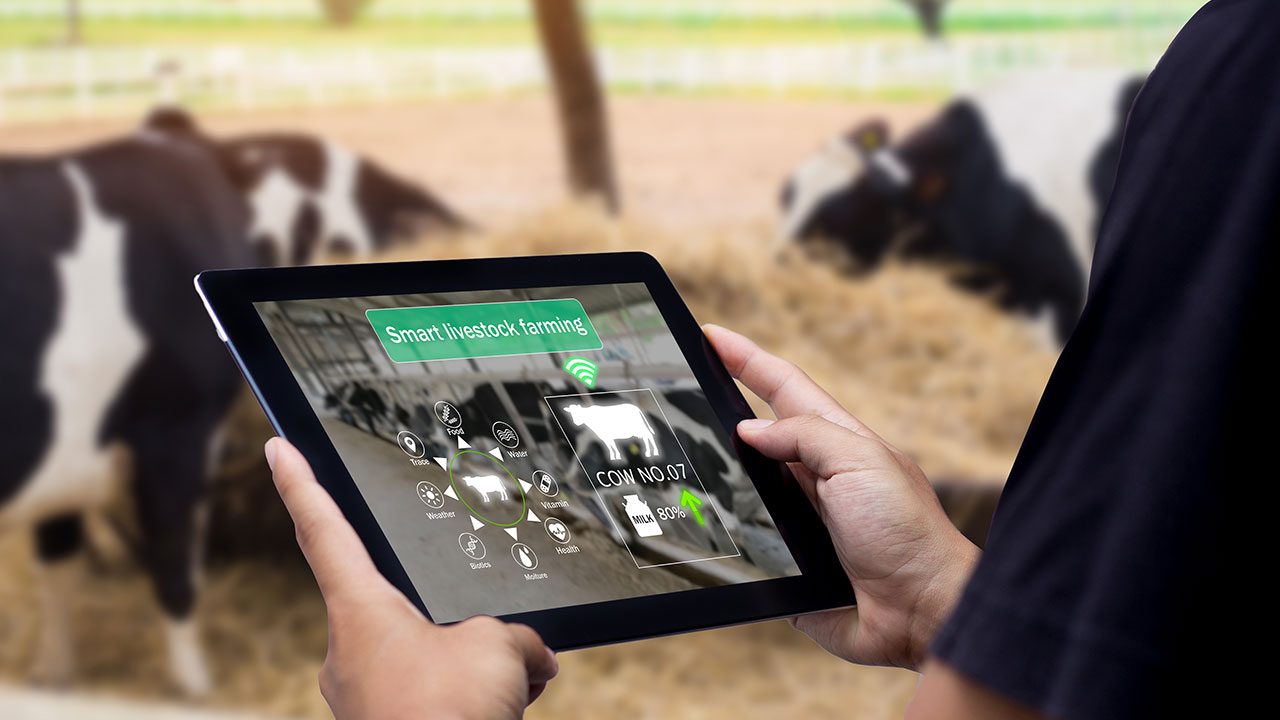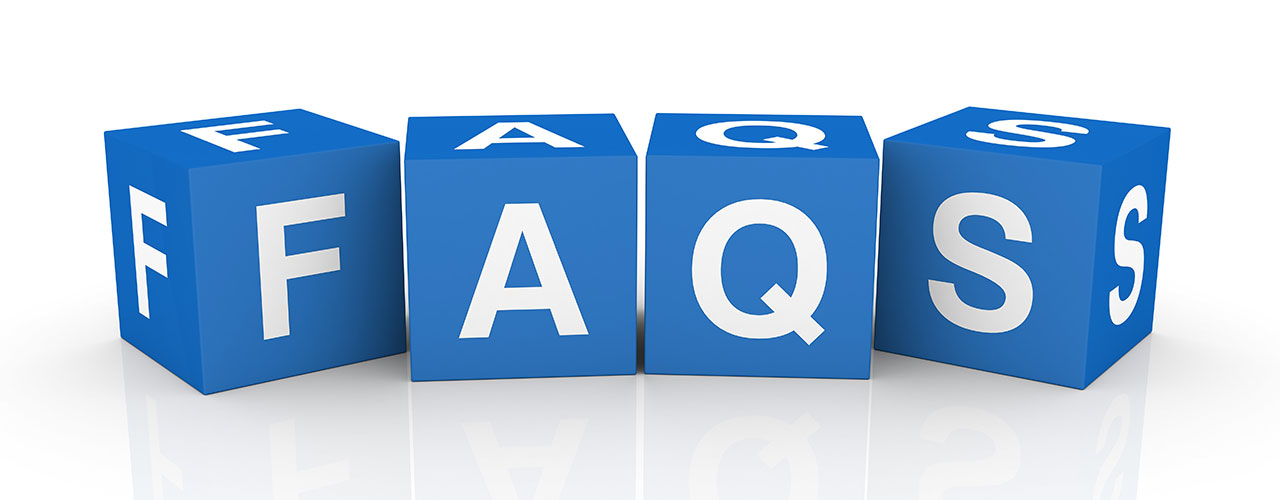Low-power, wide-area networks (LPWAN) are rapidly growing, as enterprises and industrial operations seek to manage ever more complex network needs.
Market Research Future predicts that the worldwide LPWAN market, valued at 30.5 Billion USD in 2024, is expected to grow to 75.2 USD Billion by 2035. The diverse use cases for LPWAN include asset tracking, precision agriculture, remote equipment monitoring, water and wastewater management, and
green tech deployments such as solar, wind and smart city lighting.
One of the fastest-growing, most agile and easy-to-deploy LPWAN technologies is
LoRaWAN®, globally standardized by the LoRa Alliance®. To serve the needs of this rapidly growing market, in 2021
Digi acquired Haxiot Inc., a provider of complete, end-to-end LoRaWAN solutions, and soon launched a Digi LoRaWAN starter kit, followed by a complete Digi solution for LoRaWAN. Read on to learn more about the kit and the exciting technology behind it.
What Are LoRa and LoRaWAN?
LoRa stands for “long range,” and LoRaWAN means “long-range, wide-area network.” LoRaWAN is a secure, wireless media protocol for wide area networking using LoRa radio. This protocol enables low-powered devices to communicate with Internet-connected applications over long-range wireless connections. Acting like a star network, LoRaWAN uses a centralized gateway to communicate with connection points or “nodes” across the network.
Components of the Digi LoRaWAN Kit
.png)
In collaboration with Digi, SparkFun offers a SparkFun Digi X-ON Developer Kit for LoRaWAN. This kit is designed to support rapid prototyping for fast time-to-market. The kit provides everything needed to set up a LoRaWAN network quickly and securely in minutes.
The kit includes:
For more information, see the SparkFun dev kit page. If you need engineering development, testing, certification and go-to-market support, Digi Wireless Design Services can help.
Key Benefits of the Digi LoRaWAN Solution

LoRaWAN is for enterprises, OEMs and systems integrators who want agile, quick-to-deploy and economical LPWAN solutions for low-power devices. Whether you are deploying a network across agricultural acreage, a solar farm or smart city lighting, you can be assured of reliable, secure connectivity.
Let’s look at the key benefits businesses seeking IoT solutions should consider Digi LoRaWAN for their IoT deployment.
LoRaWAN Is Ubiquitous
LoRaWAN uses free, unlicensed radio frequencies across the entire globe that can be utilized anywhere in the world. The LoRaWAN protocol is standardized and widely available, and the technology is now operable across an interconnected worldwide ecosystem managed by the LoRa Alliance®.
It Provides Great Range and Penetration
 Using the low power usage and long range reach, LoRaWAN connections penetrate structures like concrete buildings, giving it a huge advantage over other protocols, such as Wi-Fi. The cloud-ready network can seamlessly transmit and receive data for up to 15 km in suburban and 5 km in urban areas. What’s more, a single gateway can support thousands of IoT devices.
Using the low power usage and long range reach, LoRaWAN connections penetrate structures like concrete buildings, giving it a huge advantage over other protocols, such as Wi-Fi. The cloud-ready network can seamlessly transmit and receive data for up to 15 km in suburban and 5 km in urban areas. What’s more, a single gateway can support thousands of IoT devices.
It’s Highly Cost Effective
Using this kit, Digi seeks to address the barriers to adoption in the current LoRaWAN ecosystem, which include prohibitive costs due to vendor margin stacking and integration. Digi’s end-to-end solution dramatically reduces integration cost and supply chain complexity and accelerates development time. Customers can also benefit from a lower total cost of ownership (TCO) with faster time-to-market.
It’s Cloud-ready for Real-Time Measurement
A key concern for LPWAN deployments is the amount and frequency of data transmissions. While maintaining its low power consumption capabilities, LoRaWAN offers multiple configuration options for low latency or long battery life. An event driven network that leverages intelligent sensors providing real time monitoring & control. For example, these can include data from HVAC systems, ambient temperature and lighting. Sensors located in hard-to-reach locations can be used for real-time measurement and can be turned on or off at a distance.
It Has Excellent Control Capabilities
With its downlink and multicast functionality, long range capacity and centralized architecture, LoRaWAN is optimal for control-centric IoT projects. LoRaWAN is engineered so the network’s two-way communication maximizes the performance of its sensor and command functions. A single gateway can connect thousands of sensors within a large building, campus or several city blocks. Our system configurations not only support real-time, low-latency applications, but also support battery-optimized, high-latency control options.
It’s Easy to Deploy
LoRaWAN’s layered architecture does not mean the network has to be complex to set up. Digi’s end-to-end LoRaWAN solution offers automated provisioning tools. The X-ON “scan & go” app can be customized for enterprise customers to simplify a manual installation processes on a secure and reliable network, with our full suite of management and control tools.
Digi offers low integration cost and an end-to-end fully managed service to help enterprises that require large scale connectivity to enter the IoT market quickly and painlessly.
With Digi, you can be up and running fast! Contact us to start the conversation.

Frequently Asked Questions About LoRaWAN Networks
What is LoRaWAN, and how does it differ from other IoT network protocols?
LoRaWAN (Long Range Wide Area Network) is a low-power, long-range wireless communication protocol designed for IoT deployments. Unlike short-range protocols such as Wi-Fi and Bluetooth, the LoRaWAN protocol operates in unlicensed sub-GHz radio frequency bands (typically 868 MHz in Europe and 915 MHz in North America). It allows IoT devices to transmit small amounts of data over several miles while consuming minimal power — which is an excellent choice for battery-powered sensors and remote monitoring.
How does the range of LoRaWAN compare to other IoT technologies?
The range of LoRaWAN networks is one of the key differentiators:
- Urban environments: Typically 2–5 km.
- Rural or open areas: Up to 15 km or more.
This is significantly greater than Wi-Fi (typically <100 m) or Bluetooth (typically <10 m). Cellular IoT technologies like LTE-M and NB-IoT can match LoRaWAN in range but generally require licensed spectrum and cellular carrier costs.
How do LoRaWAN networks handle power consumption?
LoRaWAN is designed for ultra-low power consumption. Devices can often run for 5–10 years on a single battery, depending on message frequency. In contrast, Wi-Fi and cellular connections are more power-hungry and require charging or battery swaps on a more frequent basis.
How does LoRaWAN network ownership differ from other IoT approaches?
LoRaWAN networks can be private or public:
- Organizations can deploy their own gateways and manage their own networks using a solution like Digi X-ON®.
- Alternatively, they can connect to public LoRaWAN networks where available.
This flexibility allows companies to maintain control and privacy — something not possible with cellular IoT, which depends on telecom carriers.
What are typical use cases for LoRaWAN networks?
LoRaWAN is best for IoT applications that require wide-area coverage, long battery life, and low data rates. Common examples include:
- Smart cities: Streetlight control, waste bin monitoring, parking management
- Agriculture: Soil moisture monitoring, livestock tracking, weather sensors
- Utilities: Smart metering for water, gas, and electricity
- Industrial monitoring: Predictive maintenance, environmental sensing, asset tracking
- Building management: Temperature, humidity, and occupancy sensors
How does LoRaWAN handle data throughput and latency compared to other technologies?
LoRaWAN supports low data rates (typically <50 kbps) and higher latency than cellular or Wi-Fi. This trade-off is acceptable for IoT applications where devices send small packets of data intermittently — such as sensor readings or status updates. It’s not suited for high-bandwidth applications like video streaming or voice transmission.
How does LoRaWAN security compare to other wireless protocols?
LoRaWAN's security, which features end-to-end encryption with AES-128, is well-suited for low-power IoT applications but is generally not as robust as Wi-Fi security, e.g. WPA3. For this reason, it is important to work with a vendor that provides a LoRaWAN-based solution that integrates security by design.
Digi X-ON® enhances LoRaWAN’s built-in security features:
- LoRaWAN includes AES-128 encryption at both network and application layers.
- Digi X-ON adds device authentication, secure key management, and encrypted cloud storage for end-to-end protection.
This makes LoRaWAN networks managed through Digi X-ON highly secure and resilient to eavesdropping or spoofing.
What are the key differentiators of LoRaWAN (and Digi X-ON) compared to other IoT protocols?
| Feature |
LoRaWAN + Digi X-ON |
Cellular IoT (LTE-M/NB-IoT) |
Wi-Fi / Bluetooth |
| Range |
Up to 15+ km |
5–10 km |
<100 m |
| Power Consumption |
Very low |
Moderate |
High |
| Spectrum |
Unlicensed |
Licensed |
Unlicensed |
| Network Ownership |
Private or Public |
Carrier-managed |
Private |
| Scalability |
Very high |
Moderate |
Limited |
| Best for |
Remote sensing, smart cities, agriculture, utilities |
Mobile assets, higher data needs |
Local, high-bandwidth devices |
How does the Digi X-ON solution enhance LoRaWAN networks?
Digi X-ON® is Digi’s secure, cloud-based IoT management platform built to simplify LoRaWAN network deployment, monitoring, and data management. It enables:
- End-to-end visibility of devices, gateways, and network health
- Simplified provisioning through a centralized platform
- Data integration with analytics tools and applications via APIs
- Scalable management for thousands of devices across multiple geographies
How does Digi X-ON simplify large-scale LoRaWAN deployments?
The Digi X-ON® solution provides:
- Automated onboarding and provisioning of new devices
- Centralized monitoring dashboards showing real-time device health and signal strength
- Remote firmware updates and diagnostics
- Integration-ready APIs for data analytics and enterprise systems
These tools reduce the complexity of deploying and managing thousands of IoT nodes.
Next Steps
Editorial note: This blog was initially published in 2021, and was updated in 2025.